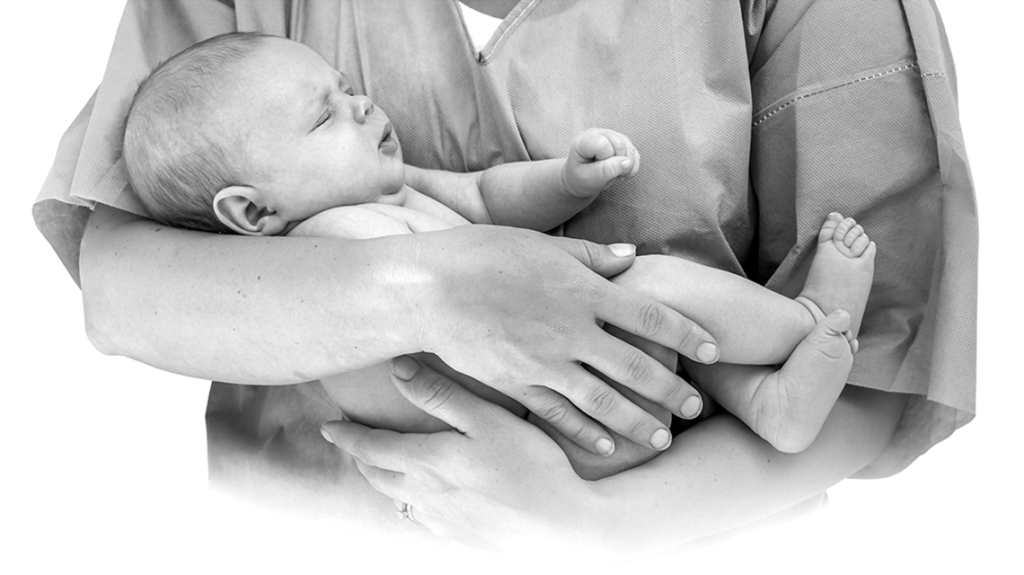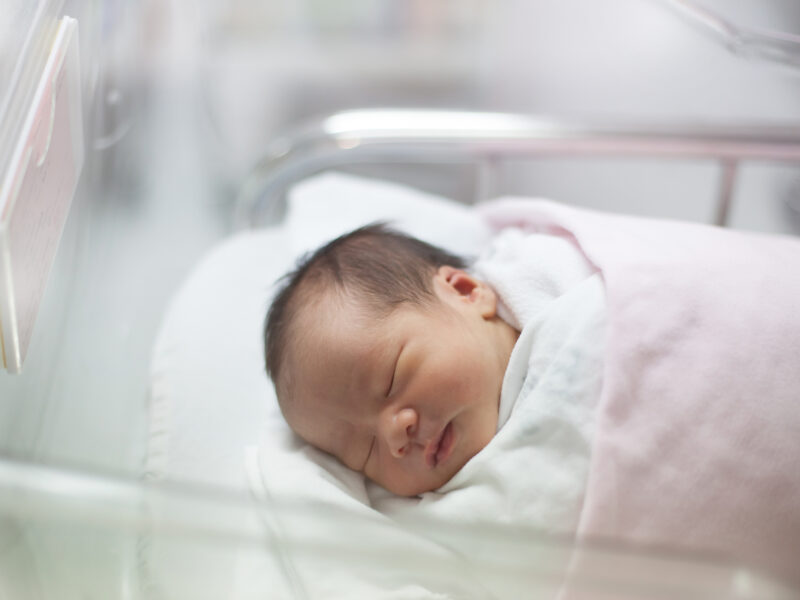Neurodevelopmental Trajectory in Infants With Neonatal Opioid Withdrawal Syndrome
Neurodevelopmental Trajectory in Infants With Neonatal Opioid Withdrawal Syndrome https://pediatricsnationwide.org/wp-content/uploads/2021/03/AdobeStock_115709904_HRBW-web-1024x575.gif 1024 575 Mary Bates, PhD Mary Bates, PhD https://secure.gravatar.com/avatar/c6233ca2b7754ab7c4c820e14eb518c8?s=96&d=mm&r=g- March 01, 2021
- Mary Bates, PhD

Infants exposed to opioids in utero begin showing cognitive and language deficits in their second year.
In a new study, researchers from Nationwide Children’s Hospital report the neurodevelopmental outcomes of infants with pharmacologically treated neonatal opioid withdrawal syndrome (NOWS, formerly called neonatal abstinence syndrome, or NAS) through 2 years of age. The results showed that during the first year of life, neurodevelopmental scores of infants with NOWS are comparable to published norms. However, infants with NOWS had poorer cognitive and language scores at 15-18 months.
There are no national guidelines for how to follow infants with different in utero drug exposures, including those infants treated pharmacologically for their withdrawal. At Nationwide Children’s, clinicians routinely follow-up infants who receive pharmacologic treatment for NOWS in the Neonatal Intensive Care Unit’s Follow-Up clinic with standardized assessments and neurological exams at regular intervals in the first two years, similar to infants born preterm.
For the new study, researchers leveraged this systematic approach to perform a retrospective cohort study, comparing scores of infants with NOWS to published norms at three time points (3-4 months, 9-12 months, and 15-18 months).
They found that, at the first two time points, neurodevelopmental scores of infants with NOWS were similar to those of unexposed infants. But at 15-18 months old, infants with NOWS had worse cognitive and language scores.
Teresa Borghese, CPNP-AC, an acute care pediatric nurse practitioner at Nationwide Children’s and one of the study’s authors, says the results confirmed what she and her colleagues see in practice.
“It is not surprising that we didn’t see any major developmental difficulties in the first year of life, but then started seeing some deficits emerge as these babies got older,” she says. “Our results are consistent with some other studies showing that, especially in the first year of life, infants with NOWS develop very similarly to their non-exposed counterparts.”
This pattern could arise because the cognitive functions most frequently affected by opioid exposure, such as language and executive functioning, are not fully established until after one year of age.
In addition, male sex, older maternal age, and additional barbiturate or alcohol exposure were associated with worse neurodevelopmental outcomes.
Ms. Borghese says that since this study was completed, treatment of NOWS at Nationwide Children’s has been standardized and more data is being collected.
“We have worked to make each follow-up time point more robust by adding additional evidence-based neurological exams and developmental assessments,” she says.
A challenge with this study and others like it is that there are many confounding social factors that impact this population. It is likely that many interconnected factors, including demographic and environmental factors, all influence development and should be considered in future studies.
“This study is a starting point confirming that we need to be following these babies with neurodevelopmental and behavioral testing after one year of age,” says Kristen Benninger, MD, a neonatologist and principal investigator in the Center for Perinatal Research at Nationwide Children’s and one of the authors of the study.
“We currently have a large, ongoing, prospective study of kids with a history of pharmacologically treated NOWS recruited in our hospital,” she says. “With this prospective study, we are working to ensure better follow-up rates and maintain follow-ups through school age to see what issues emerge and determine how to best support these children and their families to ensure optimal neurodevelopment.”
Reference:
Benninger KL, Borghese T, Kovalcik JB, Moore-Clingenpeel M, Isler C, Bonachea EM, Stark AR, Patrick SW, Maitre NL. Prenatal exposures are associated with worse neurodevelopmental outcomes in infants with neonatal opioid withdrawal syndrome. Frontiers in Pediatrics. 2020 Aug 27;8:462. doi: 10.3389/fped.2020.00462.
Image credit: Adobe Stock
About the author
Mary a freelance science writer and blogger based in Boston. Her favorite topics include biology, psychology, neuroscience, ecology, and animal behavior. She has a BA in Biology-Psychology with a minor in English from Skidmore College in Saratoga Springs, NY, and a PhD from Brown University, where she researched bat echolocation and bullfrog chorusing.
-
Mary Bates, PhDhttps://pediatricsnationwide.org/author/mary-bates-phd/December 27, 2016
-
Mary Bates, PhDhttps://pediatricsnationwide.org/author/mary-bates-phd/
-
Mary Bates, PhDhttps://pediatricsnationwide.org/author/mary-bates-phd/
-
Mary Bates, PhDhttps://pediatricsnationwide.org/author/mary-bates-phd/
- Post Tags:
- Neonatology
- Posted In:
- In Brief






